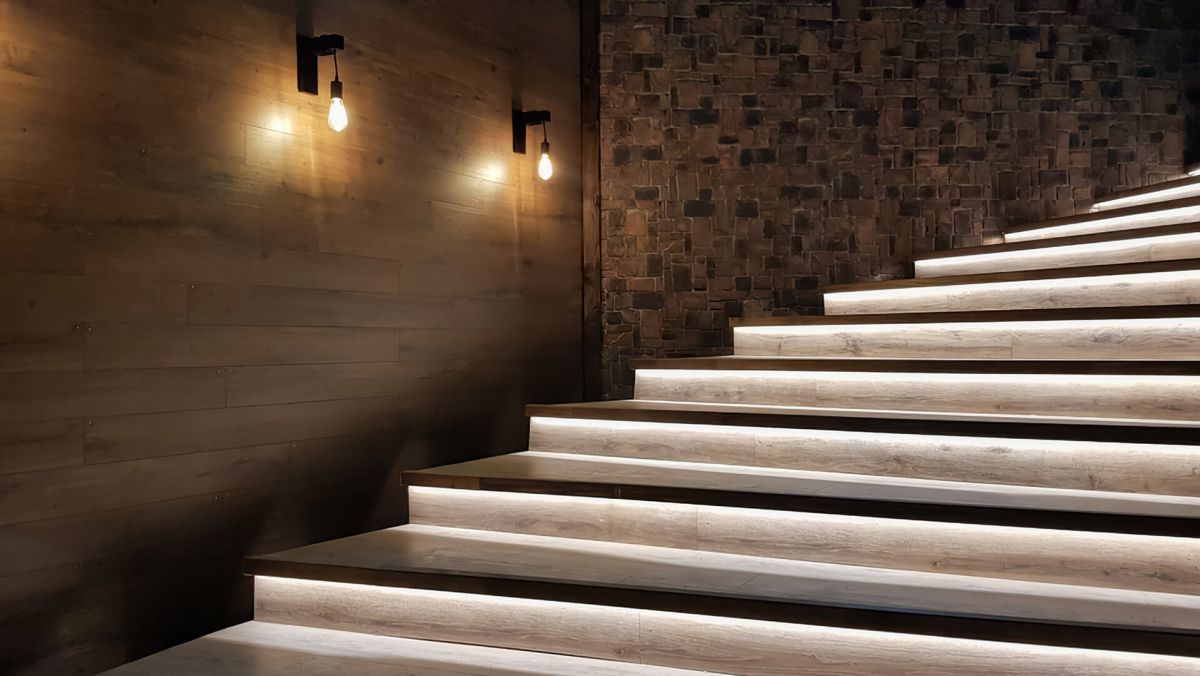What is IP Protection Class?
What is IP Protection Class?
IP ratings for lamps are a classification system that indicates the degree of protection of lamps against dust and water. IP stands for Ingress Protection.
IP classes consist of two steps. The first digit indicates the degree of protection of the lamp against dust and the second digit indicates the degree of protection of the lamp against liquids.
Degree of protection against dust
0: Not dustproof.
1: Protected against small solid objects.
2: Protected against medium-sized solid objects.
3: Protected against fine dust.
4: Protected against fine dust and liquid sprays.
5: Protected against fine dust, strong water jets and short-term immersion.
6: Protected against fine dust, water streams from all directions and prolonged immersion.
Degree of protection against liquids
0: No protection.
1: Protected against drops.
2: Protected against drops when tilted up to 15 degrees horizontally.
3: Protected against drops when tilted horizontally up to 60 degrees.
4: Protected against splashes of water from all directions.
5: Protected against water sprays from all directions.
6: Protected against strong water sprays from all directions.
7: Protected against immersion up to 3 meters deep when inclined up to 15 degrees in the horizontal position.
8: Protected against immersion up to 3 meters deep from all directions.
When choosing a lamp, it is important to pay attention to the IP class according to the environment where the lamp will be used.
For example, a lamp for use in a bathroom must have an IP rating of IP44 or higher. This means that the lamp is protected against splashes of water. IP ratings also affect the safety and lifetime of lamps. Lamps with a higher IP rating are safer and last longer.
IP Classification usually consists of 2 (or 3) digits.
- Protection against solid objects or materials
- Protection from liquids (water)
- Protection from mechanical influences (usually not used as it is not included in IEC 60529).
With the different numerical codes given, the protection level of the product can be determined easily and quickly. For example, for a product with IP 54 protection level, the number 5 denotes the level of protection against solid objects, and the number 4 denotes the level of protection against liquids.
LED, as a word, consists of the initials of Light Emitting Diode. Although LEDs are actually a semi-conductor diode, unlike normal diodes, they give off light through the photons they emit in the junction regions. However, the light they emit, as in other incandescent lamps or fluorescent tubes, LEDs do not radiate as a result of any thermal or chemical processes. For this reason, their lifespan and efficiency are much higher and their physical dimensions, on the contrary, are much smaller. And for this reason, they are the best solution for use in places where explosive liquids and gases with low activation energy are present and where other accidents may occur, as they do not emit high heat and are not likely to break. LEDs are produced from a wide variety of chemicals. The combination of different substances determines the color of the light and thus the color of the light is obtained. They are produced to give light in a very wide spectrum from Infra-Rouge (Infrared) to Ultra-Violette (Ultra Violet).
- They are resistant to physical impacts and shocks.
- They are long-lasting (up to 100,000 hours).
- Due to their low power consumption, they have no alternative in Solar Energy (Solar) circuits and mobile applications.
- They provide high efficiency lighting.
- They have very low temperature and low light pollution.
- They do not create electromagnetic interference and interference (HUM).
- They can be used both Indoor (indoor) and Outdoor (outdoor).
- They are moisture and water resistant.
- There are cheaper energy consumption costs in the long run.
- They can be used in one or many colors together.
- They have high brightness and high contrast.
- They have Low Power Consumption and low heat dissipation.
- They have easy installation features.
- They have nS (nano second) level reaction times and these speeds are incandescent filament etc. incomparable superiority with light sources.
- Mercury, lead etc. It does not contain heavy metals, it is environmentally friendly.
- They consume an average of 1/10 power compared to the traditional fluorescent lamp.
- They do not need care.
- It is small in size and light in weight.
- They have the convenience of Plug-N-Play (Plug and play).
- They are mono-chromatic (single wavelength and monochromatic) light sources. This is why they are unique in traffic applications.
- Because LEDs have no filaments, they are more durable than ordinary electric light bulbs.
- Green, yellow and red are a good solution for night vision and foggy weather traffic applications, white for general use and lighting purposes.
- It is a technology that has become a science in itself and is constantly developing.
- LEDs are the light source of the future.
You can buy our products from our Karaköy, Acıbadem and Perpa branches, as well as easily and securely on our internet sales site. Do not forget to become a member to be aware of the campaigns.
http://www.iled.com/
Kelvin Temperature refers to the overall color of the light source itself. When you express a light as hot or cold, you are giving information about its Kelvin. Low kelvins (eg 3000K) indicate warm light and highs eg (8000K) indicate low temperature. Between 5000-6500 Kelvin corresponds to daylight.
1000K: oil lamp, oil lamp
2000 K: Sunset, sunrise. High pressure sodium lamps.
2700 K: Warm white fluorescents.
2850 K: Classic wire home bulbs
3000 K: Studio lamps
3500 K: Quartz halogen lamps.
4000 K: Flash bulbs.
4100 K: Cool white fluorescents.
5000 K: Blue strobe lamps, strobe, average daylight.
6000 K: Clear noon sun, standard Metal Halide (HID) lamp.
7000 K: Slightly overcast sky.
8000 K: Cloudy, foggy sky.
10,000 K: Fully closed sky.
11,000 K: Sunless, blue sky.
20,000 K: Outdoors, shadows on the mountain.
CRI – (Color Rendering Index, Color Rendering Content) – Color Rendering is the color reproduction of a light source in objects. It is evaluated between 0-100. 100 indicates the most vivid color. A light source of 80 CRI gives more vivid light than 60 CRI.
If we want to explain CRI with a wider scope; It is a measure of the degree of color conversion that objects undergo when illuminated by a light source, compared to when illuminated by a reference source of similar color temperature.
The ability of light sources to “correctly” transform the color of objects differs. The color rendering capability of any lamp is expressed as the Color Rendering Index (CRI).
The steps followed to determine the CRI value of a particular lamp are as follows. Eight standard colored test samples are illuminated by a reference light source with a CRI of 100 very close to the test lamp in color temperature. The chromaticity of these samples under the reference light source is calculated. A test lamp is then used to illuminate the same samples. All “shifts” in chromaticity between the two tests are tabulated and the results are averaged to give a single CRI value for the test lamp.
CRI in lamps is divided into the following types:
Ra 80: Lamps that provide medium color reflectance. Suitable for general use.
Ra 90: Lamps with a high level of color rendering. Suitable for environments where color is important, such as art galleries, museums and photography studios.
Ra 100: Lamps that provide excellent color reflectance. Suitable for industrial applications.

